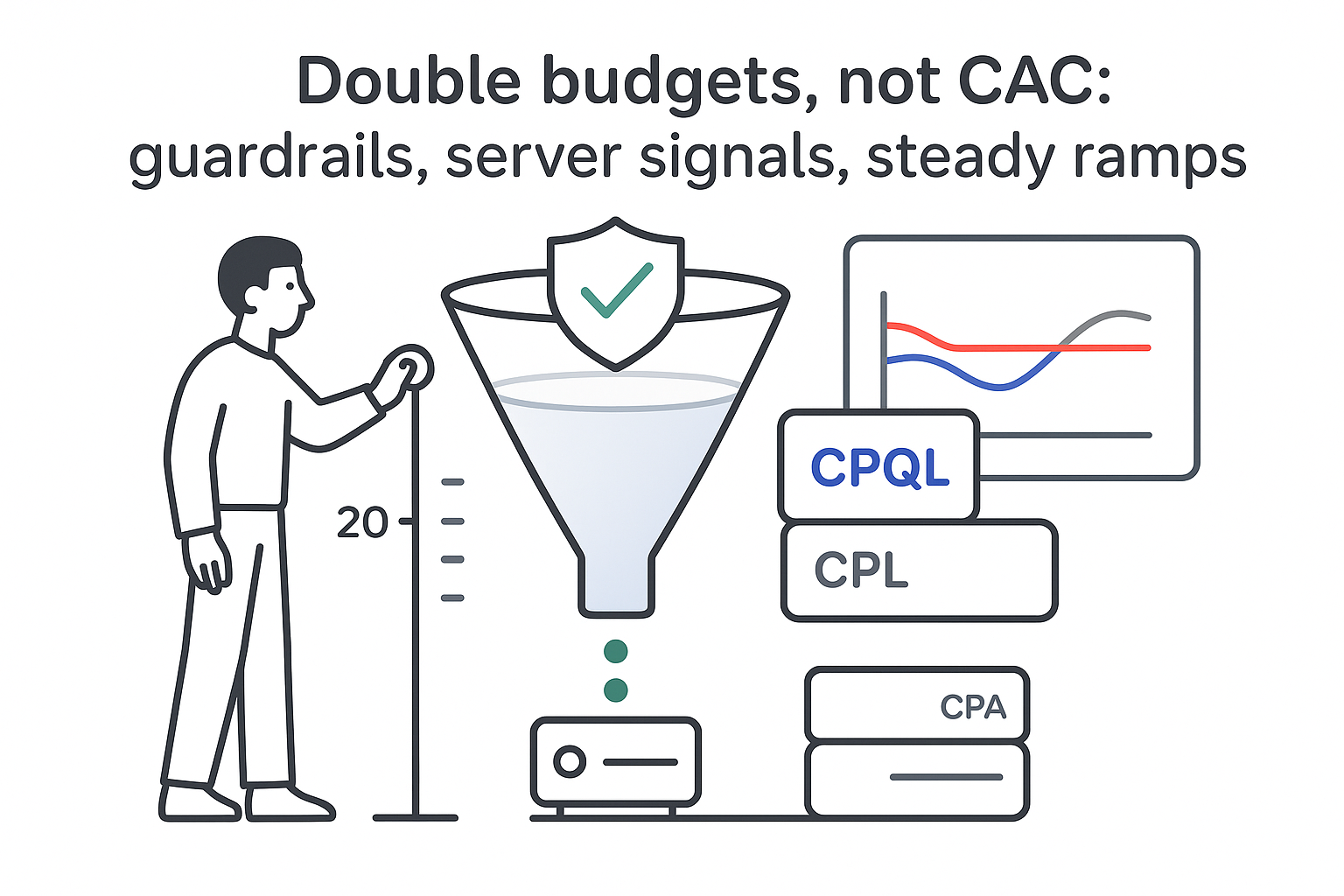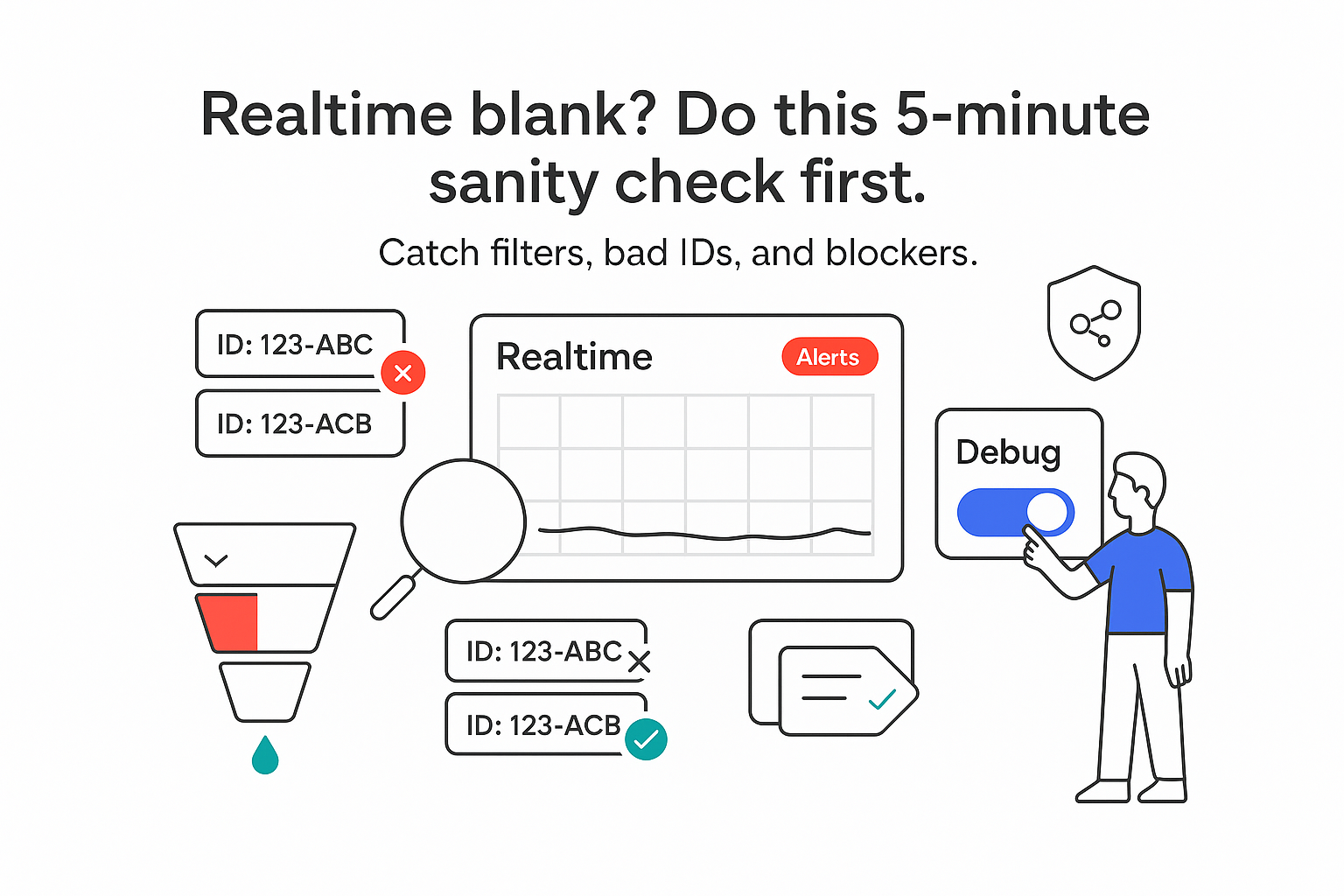Straight talk for service-based B2B leaders
If you run a service-based B2B company and you’re tired of vanity metrics, I wrote this for you. I care about pipeline, deal size, CAC, and revenue clarity - not fluffy traffic charts. The goal here is simple: show how a focused program turns SEO into a reliable inbound engine for high-intent leads, with predictable costs and clear accountability, so you can defend the investment in a boardroom.
What actually makes B2B SEO drive revenue
The heart of B2B SEO for services is intent. Rankings don’t matter if they don’t translate into qualified meetings and sourced pipeline. The programs that perform best do three things consistently: they prioritize ICP-led intent over volume, they close the loop to CRM so success is measured in pipeline and close rates, and they work in short cycles with documented assumptions so adjustments are fast and defensible.
Transparency isn’t a nice-to-have. I look for documented forecasts (how traffic translates into meetings and pipeline by page type), shared dashboards, and weekly progress notes that show what changed and why. That ends the black box problem and lets you pressure-test the model against real conversion data month by month.
Finally, B2B SEO must fit the buying motion: complex deals with multiple stakeholders, long sales cycles, and sales enablement needs. That means SEO content can’t sit in a silo. It has to support SDRs and AEs with case-led proof, competitor comparisons, and pricing clarity. Research from Gartner and Edelman-LinkedIn continues to show that high-quality thought leadership and buyer enablement content influence shortlist decisions and pricing power - so I prioritize formats that help sales win, not just attract clicks.
Program design: from intent to pipeline
I start by profiling buyers and mapping the stages where search actually shows up in their journey: problem framing, solution exploration, and vendor comparison. Keyword research isn’t a volume game here. I prioritize revenue-weighted clusters: solution terms, comparison queries, partner and integration keywords, and the problem statements your sales team hears on every call.
Content strategy then focuses on outcomes. Thought leadership builds trust and a clear POV; solution and service pages drive discovery and conversions; and bottom-of-funnel assets (comparisons, ROI explainers, pricing context, case content) move MQLs to SALs. Every page gets a job description tied to a stage, with a success metric beyond rank.
Technical foundations are non-negotiable: crawl efficiency, site speed, information architecture for deep content, and schema that helps search engines interpret services, reviews, and FAQs. If your site architecture or Core Web Vitals are weak, you’re paying a silent tax on every content dollar.
Conversion SEO turns traffic into pipeline by testing forms, CTAs, layouts, and proof placement. I map conversion points by page type and run simple experiments that reduce friction - especially on solution pages and resource hubs. Small uplifts compound when you’re publishing regularly.
Authority should be earned, not bought. Digital PR, expert commentary, data-led assets, and relevant partner mentions work better and safer than link schemes. For regulated or enterprise-facing sectors, I focus on authoritative mentions and bylines over raw link volume.
Measurement ties everything together. I connect analytics and search data to CRM, define conversion events that map to SAL and pipeline, build a simple forecast with explicit assumptions, and then validate those assumptions monthly with actuals. If CTR, conversion rate, or win rate deviates, I adjust the model and the plan. That’s how SEO becomes a revenue discipline instead of a content treadmill.
Fit, timelines, and realistic expectations
Service-based firms with higher ACV and multi-stakeholder deals tend to get the most leverage from this approach, especially if they already close deals through another channel and have subject matter expertise to tap for content. If there’s no defined sales process, no CRM, or expectations of overnight rankings, SEO will feel slow and frustrating.
Timelines follow a predictable pattern when the basics are in place. Technical cleanup and prioritized pages can produce early movement in 30-60 days. The compounding effect typically shows between 90 and 180 days as comparison terms, solution pages, and authority assets come online. Close-rate uplift often appears once sales starts to use bottom-of-funnel pages in outreach and follow-ups.
To make this concrete: IT services firms targeting CIOs and VPEs often see fast traction from comparison and integration terms plus case-led proof. Management consultancies gain from clear frameworks, industry landing pages, and pricing context that reduces friction for procurement. Logistics and 3PL companies benefit from localized intent clusters and RFQ-friendly page patterns. The common thread is simple: intent-aligned content, clean tech, and tight sales alignment.
Viable alternatives to agency-led SEO
- Build in-house: depth and context are excellent when strategy, content, and technical skills sit together. Trade-offs are fixed cost, hiring risk, and slower ramp. Total annual cost for a small, capable pod can reach mid-six figures when you include salaries, benefits, and content production.
- Hire freelancers: useful for narrow tasks (writing, PR, or technical fixes) with flexible cost. Risk sits with you on strategy cohesion, brand voice, and project management. Quality varies widely, so vetting and playbooks matter.
- Generalist agency: one partner for many needs can help lean teams. The downside is diluted SEO depth and shared resources. Performance can be hard to tie cleanly to revenue without a strong measurement framework.
- Paid search and paid social: fast testing and immediate volume if budgets allow. Expect rising CPCs, creative fatigue, and dependency - leads stop when spend stops. I often pair paid with SEO to learn messaging and capture demand while organic ramps.
- Marketing automation or content syndication: helpful for nurturing and reach, but list quality and attribution can be noisy. It’s best used to amplify strong owned content rather than replace it.
- DIY with tools: budget-friendly and great for founders who want hands-on context. The trade-off is time, steep learning curves, and the risk of misprioritization or missed technical issues.
How I evaluate an SEO partner
- Tie goals to revenue: I ask for qualified meeting targets, target ACV by intent cluster, and the conversion assumptions connecting rankings to pipeline.
- Show the forecast method: I look for a simple model with CTR, conversion rates by page type, win rates, and an update cadence against actuals.
- Clarify production: who briefs, who writes, SME access, and realistic throughput. Quality and consistency beat volume.
- Explain authority approach: how mentions are earned safely, how relevance is ensured, and how results are reviewed.
- Measurement and cadence: weekly progress notes, monthly executive summaries, and dashboards that map to SALs, pipeline, and closed-won where data allows.
- Contract terms and ownership: portability of content, access to accounts, notice period, and a single accountable owner on the vendor side who can say no to distractions.
Requirements that keep month one moving
- Access and stack: CMS, CRM, analytics, and search data with the right roles and environments for staging and publishing.
- Data governance: PII rules, compliance needs, and approval workflows defined upfront to avoid rework.
- Performance targets: page speed and Core Web Vitals goals for key templates so content doesn’t ship into a slow site.
- Stakeholder availability: named approvers, SME access for quotes and proof, and SLAs for reviews to keep sprints predictable.
- Tracking plan: key events mapped to lifecycle stages, consistent naming and UTMs, and a baseline report everyone understands.
B2B SEO FAQs, answered briefly
How long until I see results? Early wins often appear in 30-60 days from technical fixes and high-priority pages. The more durable, compounding growth generally shows between 90 and 180 days as authority and coverage improve. Timelines vary by competition, content cadence, and your site’s starting point.
How do I estimate and validate ROI? Start with intent clusters and a forecast that chains impressions to clicks (CTR), clicks to conversions by page type, and conversions to pipeline via win rate and ACV. Validate monthly with analytics, search data, and CRM reports. If an assumption breaks, adjust the model and the plan instead of chasing rankings for their own sake.
What does it typically cost? Costs vary by scope and market. In-house teams carry fixed compensation and production costs; agencies charge recurring fees tied to strategy, production, and authority; freelancers price by project or retainer. The right question isn’t just price - it’s the expected pipeline per dollar and how defensible the assumptions are.
How is content produced without sacrificing expertise? Strong programs pair SEO briefs with SME inputs (interviews, quotes, internal assets). Editors enforce brand voice and clarity. Publishing waits until accuracy is signed off. That’s how content earns trust and performs.
How are links and mentions earned safely? Thought leadership, data-led assets, expert commentary, and relevant partner features outperform shortcuts. Avoid paid link schemes. Review each mention for relevance, authority, and risk, and focus on sources your buyers actually read.
What should reporting look like? Weekly notes on work completed and next sprint; a monthly executive summary with performance, wins, risks, and a 30-60-90 view; and live dashboards that map to SALs, pipeline, and revenue where CRM integration is available. Adding FAQ schema to key pages can also help surface answers in search, but it’s not a substitute for substance.
A final note: choosing the best B2B SEO agency for service-based companies isn’t about a shiny pitch. It’s about a partner who works in short cycles, owns outcomes, and proves progress with data you trust. Set that bar, and you’ll make a sound decision - whichever route you take.







.svg)